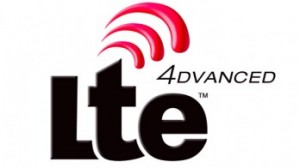Voice-over-LTE is a big deal for mobile operators worldwide
today moving subscribers from their traditional 2G networks to their new 4G
networks. Operators want to to get off of GSM and CDMA and on to LTE to
increase their capacity tenfold or more for their networks.
Voice and messaging services for Long-Term Evolution (LTE)
is happening. Using IP Multimedia
Subsystem (IMS) developed by 3GPP, end-to-end voice and SMS messaging along
with Roaming and Interconnection is a reality now.
VoLTE is built upon underlying 3GPP principles including LTE
and IMS. VoLTE has similar characteristics like Vonage. It is more than just
Voice over IP (VoIP). The IP networks are mostly managed with MPLS or other
layer 2/3 techniques.
Rather than connecting an legacy circuit switched call,
VoLTE calls are transmitted over LTE EPC and IMS networks using SIP as the
signaling protocol.
VoLTE can use "HD Voice" or Rich Communication
Services (RCS) will merge picture and video messaging.
RCS (Rich Communication Services) will deliver high quality
voice and SMS by providing them with instant messaging or chat, live video and
file sharing across any mobile device, on any network.




